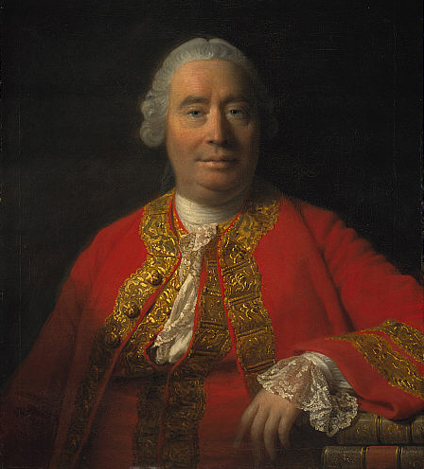THE THIRD Earl of Bute had great legs (''the finest legs in Europe,'' according to a contemporary tribute) and he knew it. The artist Allan Ramsay, who painted Bute's portrait in 1758, noted with some amusement that during the early sittings his Lordship carefully hitched up his robes well above the knee ''so that his leg would be seen''. The elegant cross-legged pose that Ramsay devised for his portrait was much copied by younger painters, including Joshua Reynolds, who explained a similar picture of his own by saying ''I wish to show a leg with Ramsay's Lord Bute.''
Allan Ramsay's John Stuart, Third Earl of Bute is a monument to the vanity of a well- heeled 18th-century gentleman, and a testament to the sophistication and technical mastery of a painter whose reputation has been unjustly overshadowed by those of a later generation of English artists - Gainsborough and Reynolds in particular. Few artists working in Britain since the time of Van Dyck have been able to match Ramsay's virtuoso painting of stuffs in the Bute portrait: his handling of the almost liquid silks, the rich velvet and ermine, the diaphanous lace and dully gleaming gold thread in which his sitter is decked out.
But Ramsay may not have been happiest in grand official portraits of this kind, and this painting - exhibit 60 of some 110 in the revelatory Ramsay exhibition currently at the Scottish National Portrait Gallery in Edinburgh - may even contain an oblique suggestion of this. The painter has set his foppish subject against a sternly rectilinear backdrop of fluted classical columns - a mise- en-scene whose heavy sobriety looks almost like a subtle reproof to the flashy hauteur of its occupant. Ramsay's great talent as a portraitist has little, in the end, to do...

Personal stereo
04-08-1992

